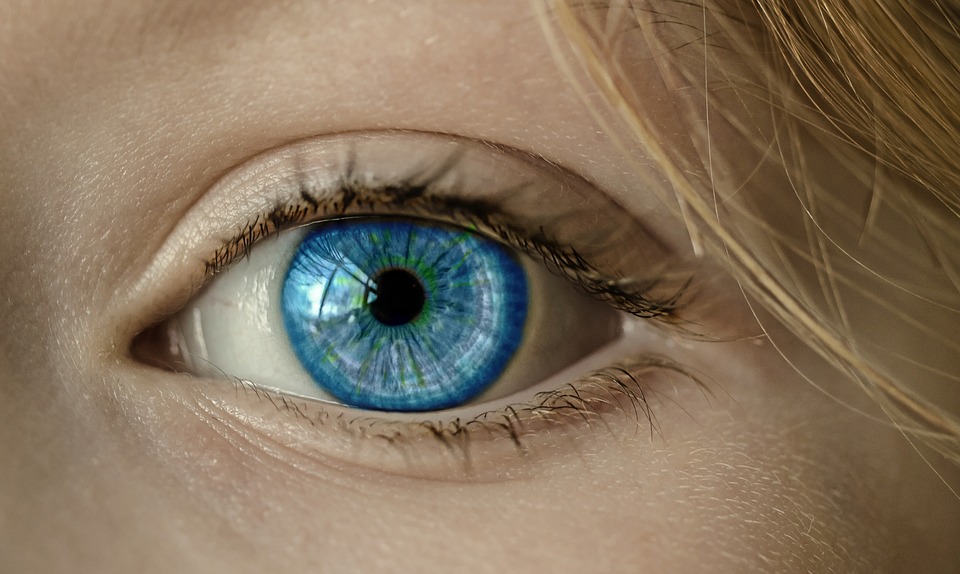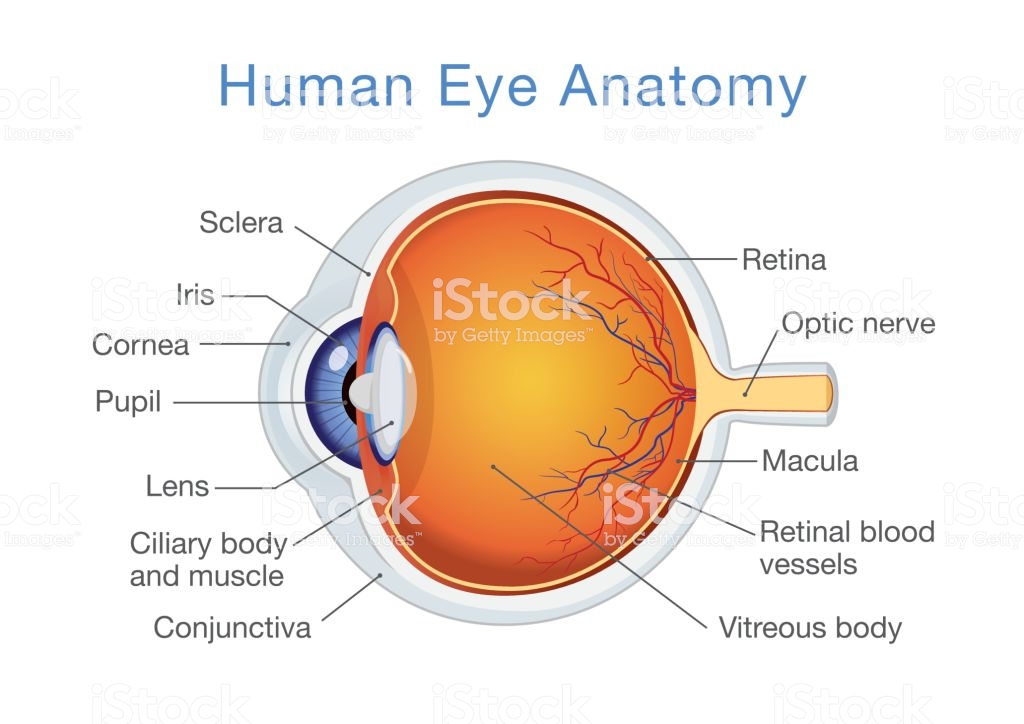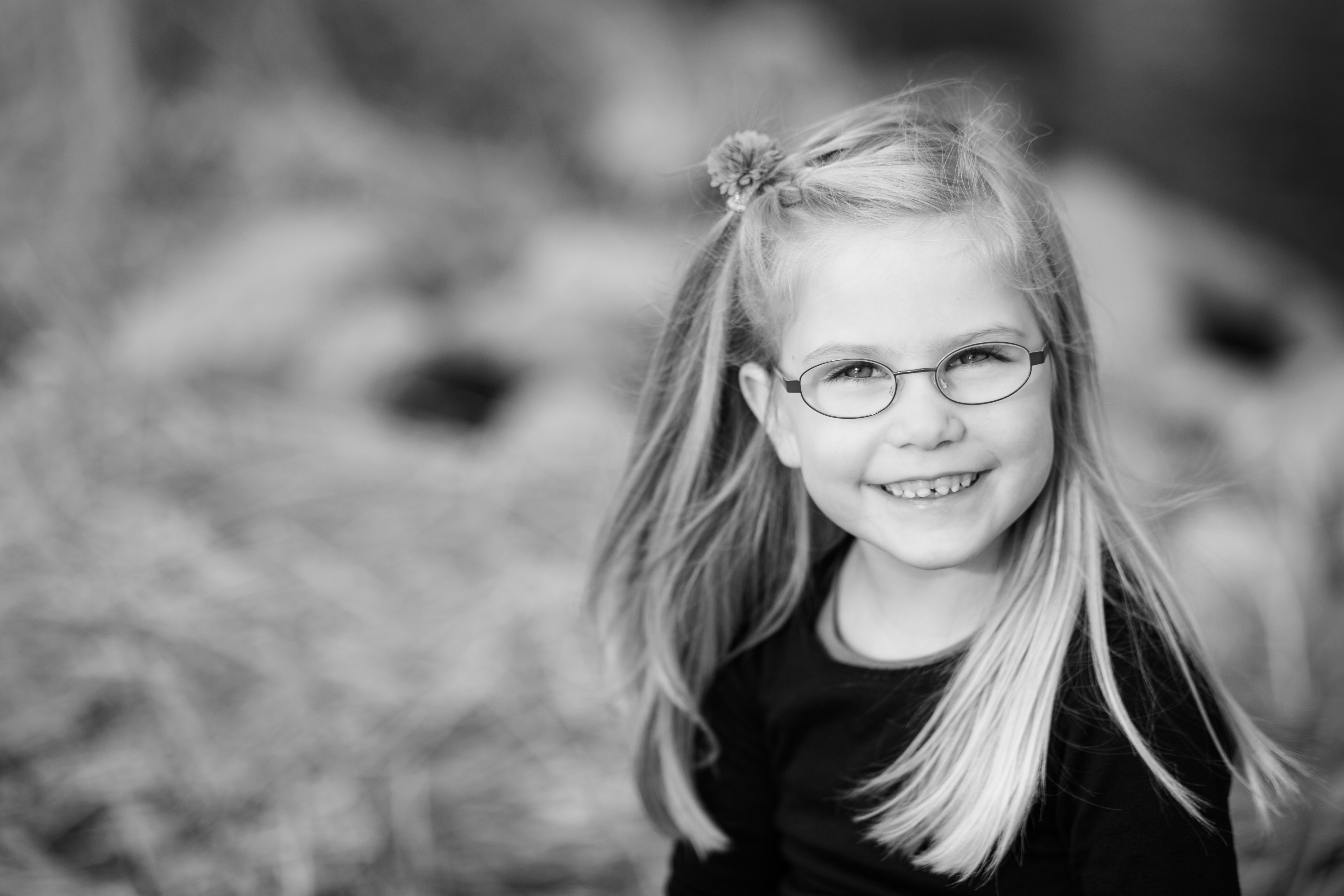Why Myopia is Becoming America’s Biggest Eye Care Concern

Myopia is becoming more common in America every year. According to the National Eye Institute, nearly 42% of Americans between the ages of 12 and 54 are nearsighted, up from only 25% in 1971. Myopia, also known as “nearsightedness”, occurs when a patient’s eyeball is too long relative to the focusing power of the cornea and the lens. This causes light rays to focus at a point in front of the retina, instead of directly on its surface. Myopia can also be caused by the lens or cornea being too curved in relation to the length of the eyeball.
Myopia causes distant objects to appear fuzzy and can be corrected using glasses, contact lenses, or refractive surgery. Myopia, like other refractive errors, is measured in diopters (D). Diopters are also used to measure the optical power of contact lenses and glasses. The severity of myopia is divided into three categories:
- Mild myopia includes prescriptions between -0.25 and -3.00 D
- Moderate myopia included prescriptions between -3.25 and -6.00 D
- High myopia includes all prescriptions greater than -6.00 D
Though mild myopia does not typically increase someone’s likelihood of developing more severe eye health problems both moderate and high myopia can increase your risk of developing serious eye problems later in life.
Myopia is commonly diagnosed during childhood and patients with myopia typically see their eyesight get progressively worse as they age. It is important that your child undergoes an eye exam every year to check for myopia and other vision problems.
Myopia and Other Eye Problems

Individuals with moderate and high levels of myopia have an increased risk of developing:
Cataracts
A study conducted by the Korean Ophthalmological Society determined Individuals with myopia are significantly more likely to develop cataracts at a younger age than individuals without myopia. It also found that individuals with myopia who underwent cataract surgery did not have as good visual results as individuals without myopia.
Another study conducted in Australia found that individuals with myopia were also more likely to develop cataracts in general and that higher levels of myopia corresponded with a greater risk of developing cataracts.
Glaucoma
There is a growing body of evidence that suggests that having myopia leads to an increased risk of developing Glaucoma. A study conducted in China found that adults over the age of 40 with high levels of myopia were almost twice as likely to develop glaucoma than individuals with moderate myopia, and more than three times as likely to develop glaucoma than individuals with mild myopia.
In total, individuals with myopia were between 4.2 and 7.6 times more likely to develop glaucoma than individuals who did not have myopia.
Detached Retinas
The American Journal of Epidemiology published a study back in 1993 that found that having myopia significantly increased an individual’s risk of developing a detached retina. Individuals with mild levels of myopia were 4 times more likely to suffer from a detached retina, and individuals with moderate to high levels of myopia that risk increased 10 fold. The study also found that almost 55% of retinal detachments that were not caused by trauma were the result of myopia.
A separate study conducted in the UK and published by the Ulster Medical Society found that individuals with myopia who underwent surgery for cataracts had a 2.4% higher chance of suffering from a detached retina in the seven years following the surgery. Individuals without myopia or other refractive errors had, on average, a 0.5% to 1% chance of developing a detached retina as a result of cataract surgery.
Stopping Myopia Progression

Myopia tends to progress most rapidly during children’s pre-teen years, though it can develop and progress in some young adults. Adult’s eyes do not respond as well to myopia treatments, so there is little that can be done to stop the progression of myopia in adults. However, there are a variety of treatments that can help children.
Parents should ensure that their children are undergoing comprehensive eye exams on a yearly basis. If your child has myopia, and their eyes are changing rapidly, there are a few promising treatments that they might benefit from including:
Atropine eye drops
Atropine eye drops can significantly slow the progression of myopia in children. However, myopia is not reversible, and children who use atropine drops will still need to wear glasses. Luckily, the majority of children with myopia who used atropine drops saw their rate of progression slow down by about 50%.
Multifocal contact lenses
The American Optometric Association has found that multifocal contact lenses are an effective myopia treatment for children. A study conducted by the American Optometric Association’s Contact Lens and Cornea Section found that children who wore multifocal lenses saw their myopia progression slow by about 25%, and they had 31% less axial elongation (their eyes were shorter) than children who wore single-vision lenses.
Orthokeratology (also called “ortho-k”)
Ortho-k is a treatment that uses specially designed gas permeable contact lenses to treat myopia. The lenses are worn overnight, where they reshape the eyeball and temporarily correct myopia. When they are removed during the day the eye temporarily retains its shape, providing clear vision without the use of contact lenses or glasses. Ortho-k is also an effective way to slow the progression of myopia in children.
A joint study by experts from the Buddhist Tzu Chi General Hospital and the Tzu Chi University in Taiwan found that children who wore ortho-k lenses saw their myopia progression slow significantly. The study followed the children for 12 years.
Myopia control leverages ortho-k and corneal reshaping therapy (CRT) to slow or halt the progression of myopia. It is most effective in kids.
Multifocal glasses
Though multifocal glasses can slow the progression of myopia they have not been found to be as effective as multifocal contact lenses. A study published in 2003 called The Correction of Myopia Evaluation Trial (COMET) found that multifocal glasses did slow myopia progression by a statistically significant amount for the first year, but that during the next two years the change was not significant.
However, a study published in 2014 found that children who wore multifocal glasses did see their annual progression rate slow significantly over 3 years compared to children who wore single vision eyeglasses.
Akshay Sharma
Latest posts by Akshay Sharma (see all)
- Are You Using a Loan Calculator for Second Hand Car Rightly? - October 13, 2025
- Round Steel Tanks: Long-Term Solutions for Water Storage - September 19, 2025
- Embrace the Culture: Syna World Hoodie and Syna World Tracksuit UK - September 13, 2025
- Comfort and Style: The Best Boys Hoodies for Active Kids - September 10, 2025
- Why Every Digital Marketer Needs a Free URL Extractor in Their SEO Toolkit - September 4, 2025
